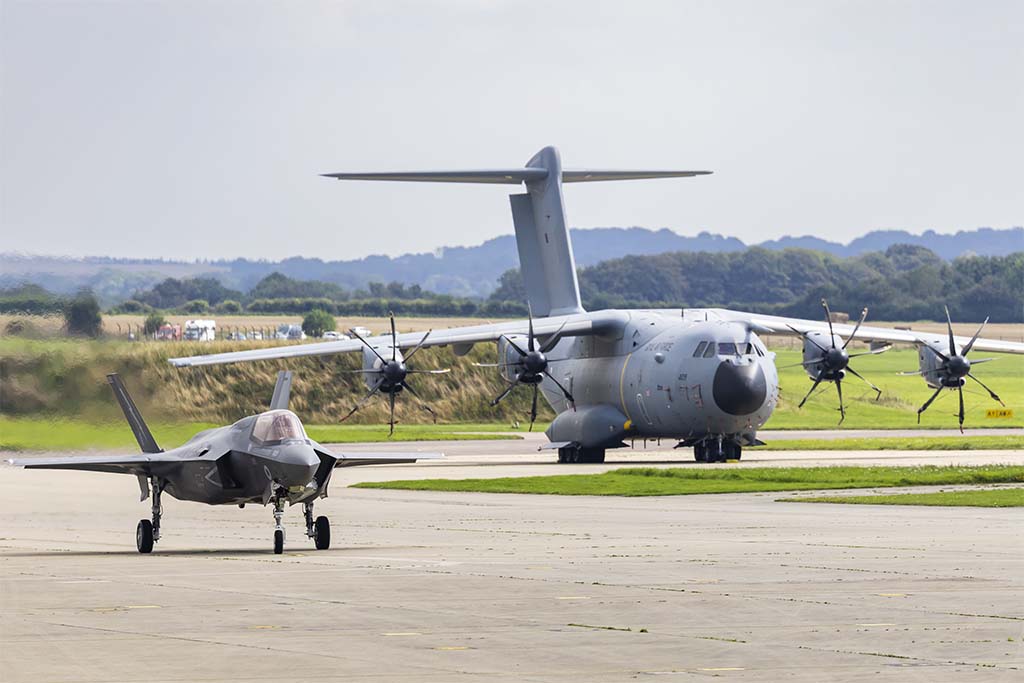Airspace Change
Airspace change may have a numbers of positive or negative effects on both aviation related stakeholders and non-aviation related stakeholders who include the general public living in areas where these effects may be felt.
Some changes may be simple and straightforward to implement with little operational or environmental impact; such as some changes to the use or classification of airspace. Other changes are more complex and involve significant alterations to existing airspace arrangements or the introduction of new airspace structures and procedures. These more complex changes are likely to involve a change in aircraft traffic patterns, but should result in the introduction of more positive than negative benefits where this is at all possible.
TP Group, in association with its subsidiary, Osprey CSL, has a solid track record in helping clients deliver both simple and complex airspace changes in an efficient and cost-effective manner. Our team includes members with a regulatory background, significant operational as well as air traffic management experience. We maintain an excellent working relationship with the Civil Aviation Authority (CAA) and are very knowledgeable of the regulatory environment and requirements in this area.
Any airspace change requires adherence to the Civil Aviation Publication (CAP) 1616 process and we can provide a full suite of services from management to support across all seven stages of this process.

Services
- Application of the airspace regulatory process to assist the implementation of emerging technological developments (including spaceport and advanced air mobility developments).
- Identification of your Operational Requirements and assistance in developing suitable airspace solutions.
- Design revised flight procedures to Conventional and Performance Based Navigation (PBN)/ Area Navigation (RNAV) standards.
- Assessment of all airspace design solutions including Transponder Mandatory Zones (TMZ), Radio Mandatory Zones (RMZ) and other airspace structures.
- Analysis and assessment of airspace related safeguarding issues.
- Full project management of the Airspace Change Proposal process, to implementation and beyond to Post Implementation Review.
- Safety engineering and management activities all delivered in accordance with industry-specific standards e.g. Aerospace Recommended Practice (ARP)4761, ARP4754, Defence Standard (DEF STAN) 00-56, Civil Aviation Publication (CAP) 670 (inc SW 01) EUROCONTROL Safety Regulatory Requirement (ESARR)-4, CAP 722.
- Safety Risk Assessment and As Low As Reasonably Practicable (ALARP) recommendations delivered in accordance with the relevant regulatory policy.
- Bow Tie Modelling consisting of Fault Tree Analysis (FTA) and Event Tree Analysis (ETA).
- Failure Modes and Effects Analysis (FMEA).
- Human Factors Analysis.
- Derivation of safety requirements and safety objectives against military and civil standards.
- Reliability and Maintainability.
- Definition of Air Traffic Management equipment-specific flight inspection methodologies and management strategies.
Why TP Group?
- More than 30 years' experience in military and civil aviation sector
- Dedicated subsidiary, Osprey CSL, that specialises in airspace change
- More than 30 experienced consultants many with experience working for a regulatory authority
- Deep knowledge of UK regulatory regime with good relationship with CAA
- Independent consultancy not affiliated to any software or technology
Our work in Airspace Change
As a vital part of the TP Group, Osprey CSL, has an impeccable reputation for delivering value to our clients in a very complex environment.
View some of Osprey CSL's work in Airspace Change:
This case study discusses new Air Traffic Control (ATC) technologies such as Digital Towers, Remote Towers, Radar-in-the-Tower, Remote Radars, Mode S, and ADS-B. These innovations are changing the management and control of Air Traffic Control.
This study highlights Osprey's involvement in modernising airspace, particularly in the context of the increasing global air traffic.
There is a growing need to integrate and foster innovation and emerging technologies to enhance efficiency, reduce environmental impact, and improve the passenger experience. At Osprey, we have worked on many projects where we have helped our clients navigate the regulatory landscape effectively. This ensures that the regulatory process is aligned with technological advancements and identifies areas for improvement or clarification.
